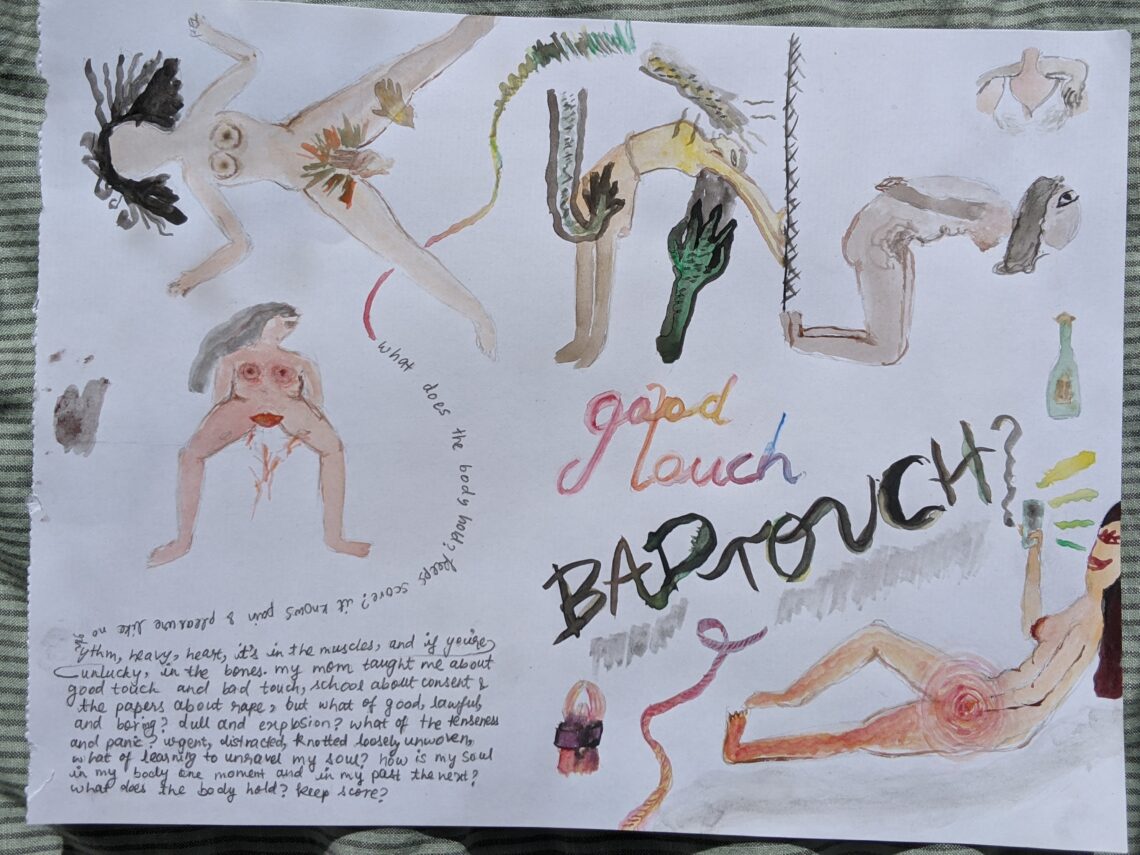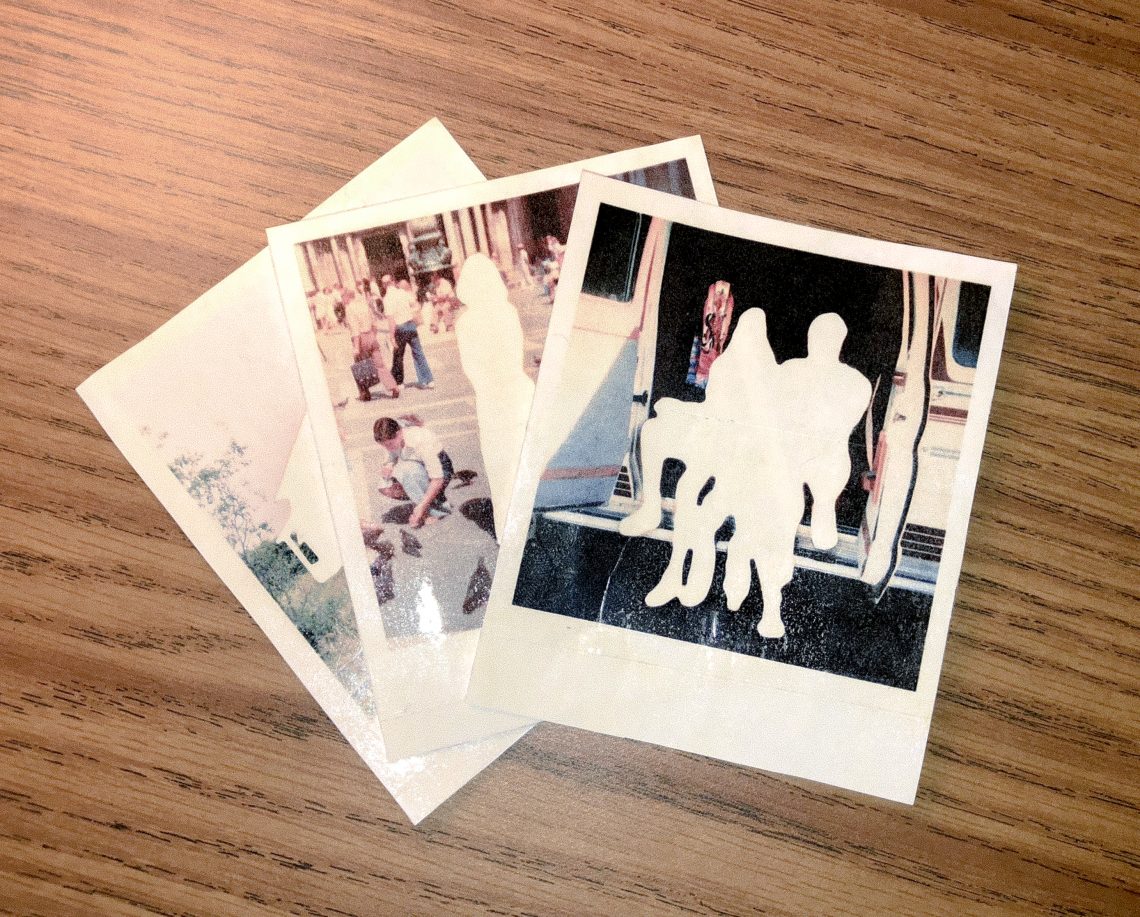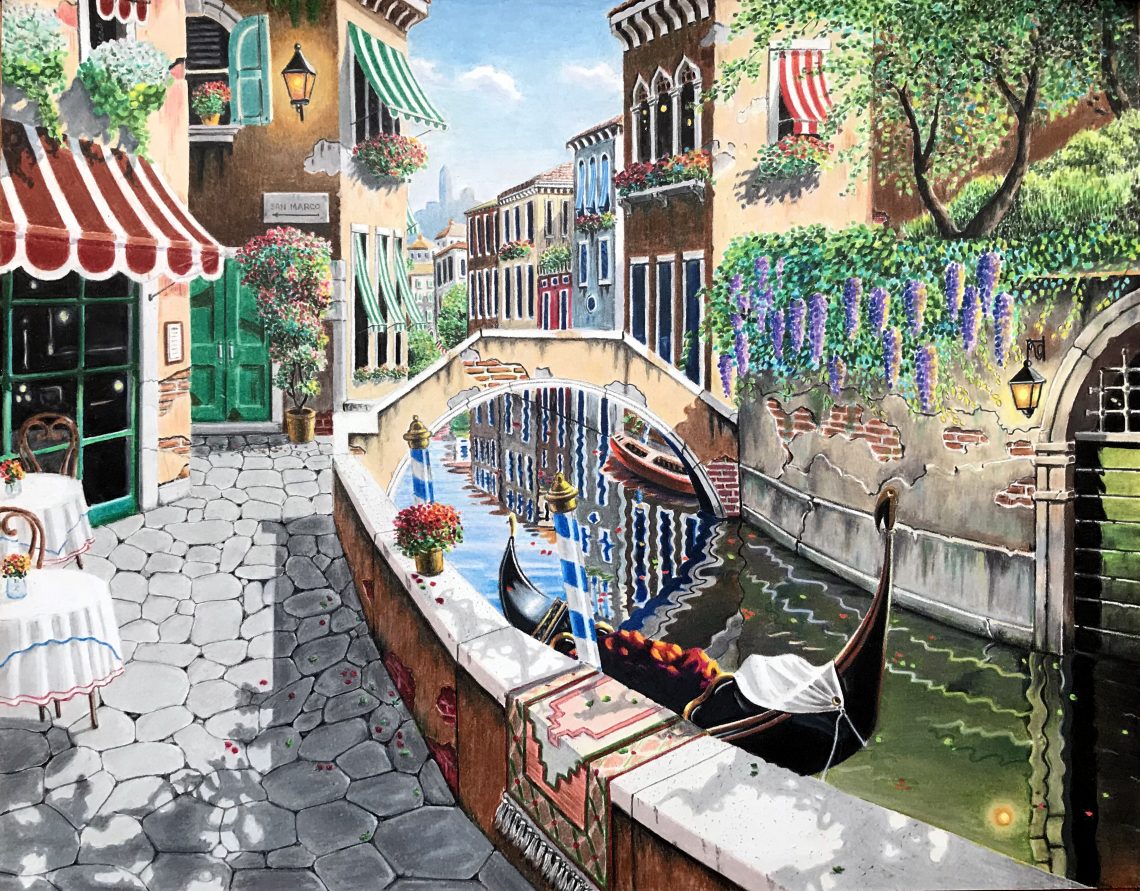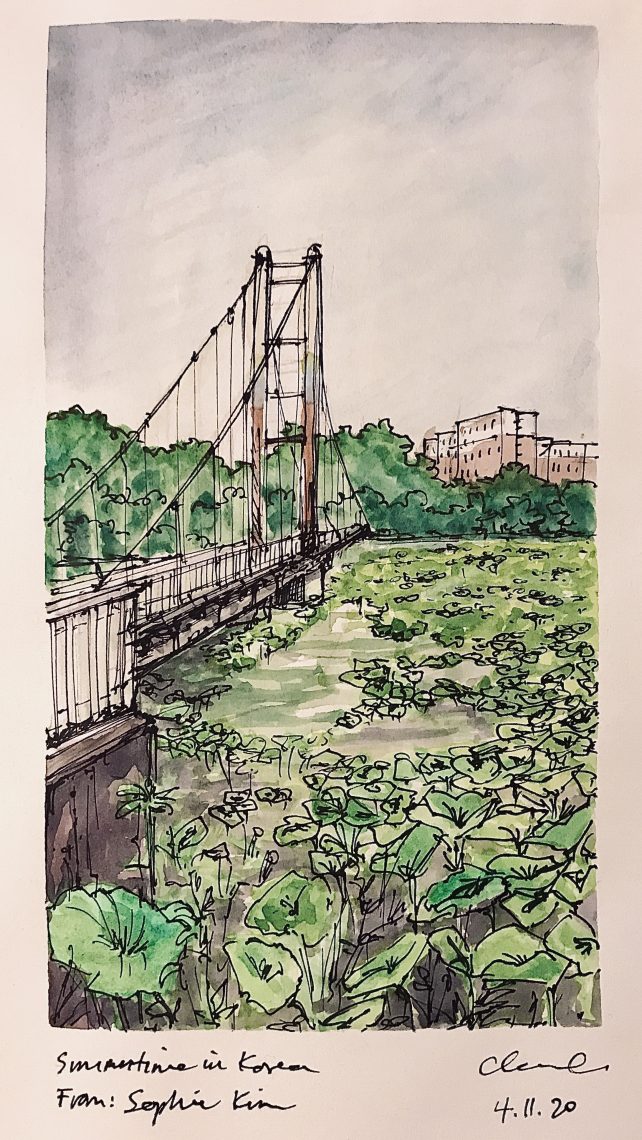 John McRae
John McRae
Professor Documents the Emotional Effect of Chopin’s Music at Cantor
A Faculty Focus: Where Is Chopin? By Jaroslaw Kapuscinski
Stanford music professor Jaroslaw Kapuscinski grew up steeped in Frederic Chopin’s music. He trained as a classical pianist and composer in Chopin’s hometown of Warsaw, and constantly encountered Chopin’s music outside of school, too. “Chopin is clearly the most treasured composer in Poland,” he says. That experience prompted Kapuscinski to create Where Is Chopin?, a 31-minute, three-channel visual projection wherein Kapuscinski contemplates Chopin’s 24 Preludes along with the emotional reactions of varied audience members from 12 cities around the world.
This installation, running continuously at the Cantor Arts Center February 20 through March 3, mixes Kapuscinski’s recompositions of the preludes with elements from the original scores. The music emits from a grand Disklavier piano positioned near three screens, and on these screens people filmed in a portrait style react to the music, often with rapture. Kapuscinski found his subjects in Tokyo, San Francisco, Mexico City, Sydney, Seoul, Beijing, Istanbul, Jerusalem, Helsinki, Buenos Aires, Wellington and Santiago, and he collaborated with local photographers or cinematographers in the filming. Kapuscinski wanted great variety in his listeners so as to better study the psychological, perceptual and cognitive processes of music. The project seeks to demonstrate “how emotions emerge from music, how musical structures are interpreted, and what they mean to different people,” he says.
To Kapuscinski himself, Chopin’s music has a “profoundly political and historic” meaning, since in Poland under Nazi occupation the penalty for playing Chopin’s music was death, he says. “My professors participated in underground Chopin recitals.” Kapuscinski also considers Chopin’s work “the vehicle to transmit what ultimate art and beauty are.”
Where Is Chopin? works as a vehicle of art and beauty too, given its poignant subject of human emotion and the entrancing medium used for capturing it.























